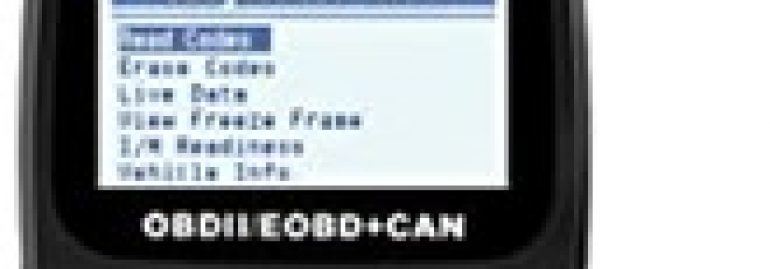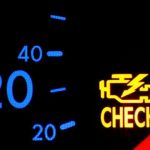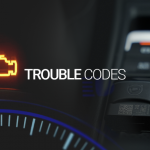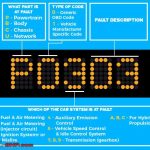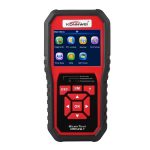
If you’re in the market for an EOBD scanner, you’re probably wondering what you should look for in an EOBD scan tool. This article will explain how these devices work, what you can expect to pay, and the pinouts of the various scanners. If you’re looking to purchase an EOBD scan tool for your car, you’ve come to the right place!
Functions
The functions of EOBD2 are specific to each vehicle manufacturer. For example, Ford vehicles will require an EOBD2 tool, while Honda vehicles do not. However, the more features you have on your EOBD2 compliant vehicle, the more information you can extract. Here’s a closer look at how these tools work. It’s easy to see why they’re so popular.
Features
The EOBD system is a standard for on-board diagnostics that is used to monitor and record emissions from petrol and diesel cars. It was introduced to the European market as a part of European Directive 98/69/EC and applies to all petrol and diesel vehicles sold in Europe. Modern EOBD car diagnostic tools use a standard 16-pin diagnostic socket to connect to the car and retrieve the vehicle’s diagnostic trouble code.
Unlike the original OBD, EOBD can read and record additional data. Unlike the original system, however, EOBD tools are made for specific vehicle brands. Thus, if you have a Toyota car, you can’t use a Ford tool on it. Because of the differences in the two systems, EOBD tools are necessary for each car brand. These diagnostic tools will be useful for the diagnostic process of both OBD1 and EOBD vehicles.
Some vehicle manufacturers refer to the OBD-II standard as “OBD-II.” EOBD is the standard for emissions control and is also known as JOBD in Japan. EOBD2 also has its equivalent in Australia called ADR 79/01 and is applicable to newly introduced models. Both systems use the same diagnostic link connector (SAE J1962) and signal protocols.
Cost
A quick search on the Internet will turn up hundreds of OBD2 scanners. While pro-grade scan tools can cost upwards of $10,000, the average do-it-yourselfer and shade tree mechanic is unlikely to need them. To get the most out of your OBD2 scan tool, look for one that provides the most important features. You can even get a trust gauge with the FIXD app, which stores your vehicle information and helps you choose the best one for your needs.
Unlike OBD1, EOBD2 has features that allow you to access and analyze more information from your vehicle. However, these tools are manufacturer-specific and only work on specific vehicle brands. This means that if you own a Ford, you cannot use an EOBD tool on a Toyota. Rather, EOBD and OBD1 are different standards. They require different diagnostic tools and protocols to diagnose them.
A budget-friendly OBD2 scanner may come with the most basic features. The ELM327 comes with an interface, a FIXD Sensor, and an app. Other features, such as a Bluetooth and WiFi connection, will increase the price. A more expensive OBD2 scanner may be a better option for a professional independent repair shop. Regardless of your needs, the right tool will give you peace of mind while analyzing your vehicle’s diagnostic information.
Pinouts
There are four different protocols used by OBD2 systems, but knowing which one your car uses is a great first step. If you’re not familiar with this type of interfacing, pinout images can help you identify the protocol your car uses. The SAE J1962 standard defines the physical connector used by OBD2 interfacing equipment, including your vehicle. This specification also specifies how you can access the connector on your vehicle.
The OBD connector’s pins are grouped by type, and the most common ones are shown in the picture below. The pin numbers represent which protocols your scan tool uses to talk to your car’s ECU. The open pins are vendor/discretionary options, and the manufacturer may use them for extra controls or systems. The pinout picture also helps you identify pre-OBD-II cars. Depending on the protocol, you’ll need a specific OBD scanner to diagnose the system.
OBD2 connectors come in two basic styles: Type A for cars and Type B for heavy duty vehicles. Both types are similar in pinout but differ in their power supply. Type A uses 12V, whereas Type B uses 24V. The SAE J1850 protocol uses connector pins 2 and 10.
Warranty
Many new vehicles in California are considered some of the cleanest in the world. However, faulty components or poor maintenance can result in increased emissions. OBD II is the solution to keep your car emission-free for the lifetime of your vehicle. The system can help your car maintain its emissions-free status throughout its life, so it’s important to get your vehicle serviced by a qualified mechanic.
While the OBD port is mandatory in most countries, not all OBD dongles are created equal. Some manufacturers may make claims that using an OBD dongle voids your car’s warranty, claiming that it interferes with the OEM’s data. However, the EU Commission has ruled that the dongle manufacturers are not at fault for voiding a vehicle’s warranty.


